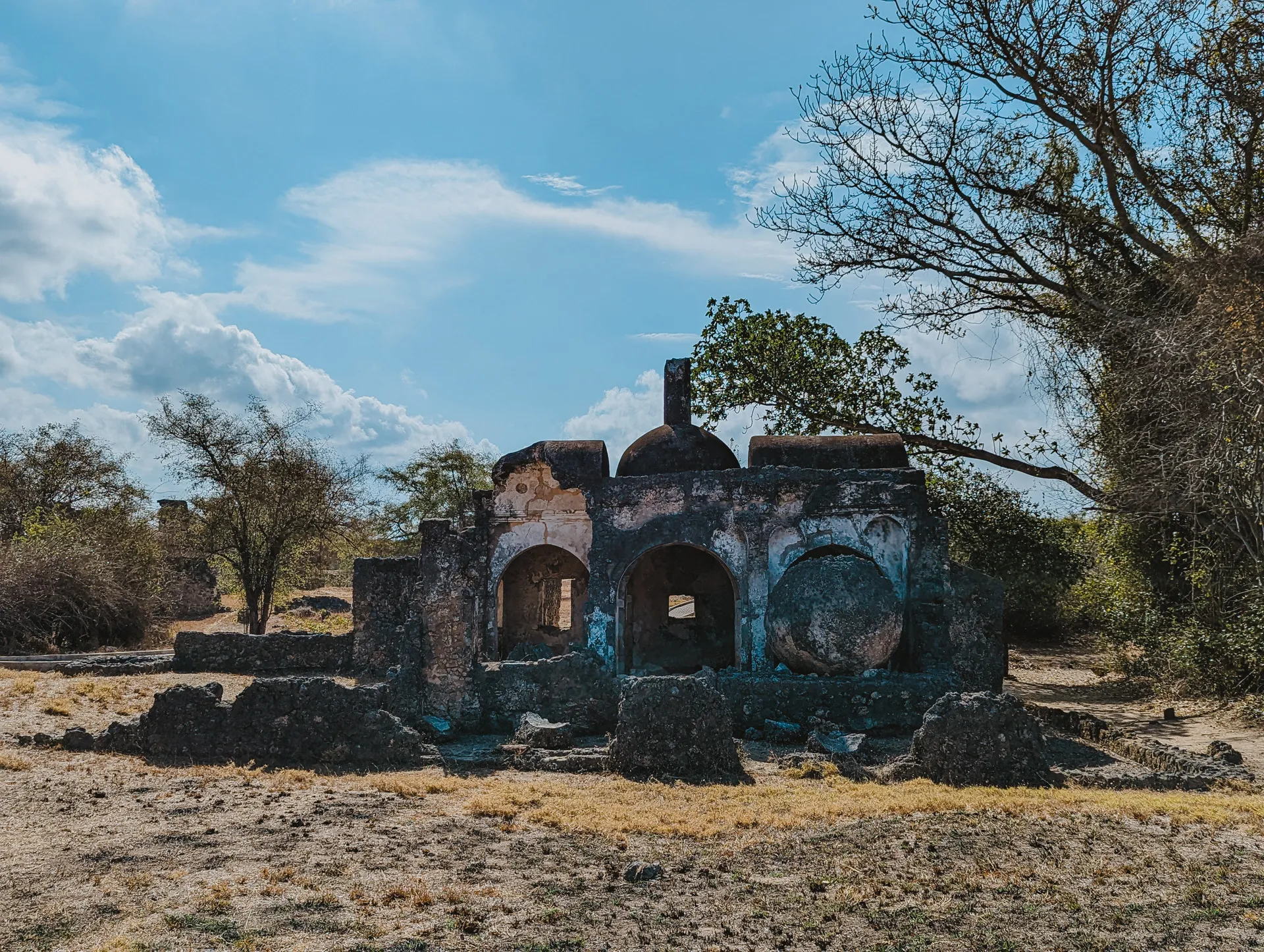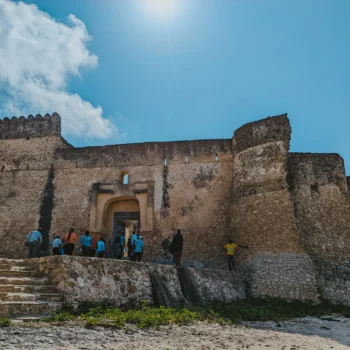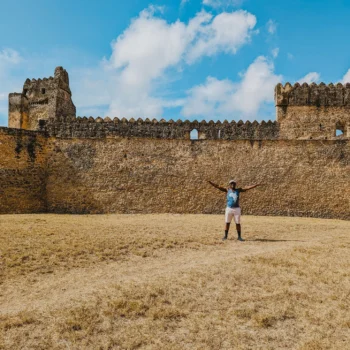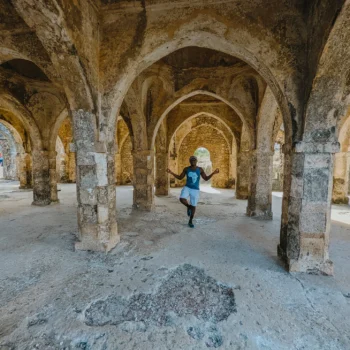A Historical Island’s Significance
Kilwa Kisiwani is a very old island. It is located in southern Tanzania. This island became important around the 8th century AD. It grew into a key trading center on the Indian Ocean and reached its peak in trade between the 13th and 15th centuries AD. This occurred because it controlled much of the Indian Ocean trade. Ships traveled between Asia, Arabia, and India, all passing through island. During this time, the island’s merchants traded valuable goods. They sold gold, silver, pearls, and perfumes. They also sold pottery from Arabia, earthenware from Persia, and porcelain from China. This made the island a very active place for commerce
Old structures still exist on the island. There is a fort built by the Portuguese. There is also the Great Mosque, built between the 11th and 13th centuries. Old cemeteries are also present. Two significant ruins, Husuni Kubwa and Husuni Ndogo, can be found. These historical sites are important. They were added to the UNESCO World Heritage List in 1980. This list helps protect them. At first, they were on a list of endangered sites. Later, they were removed from that list in 2014 due to improved management
The island’s decline began with internal conflicts. This weakened the city. Then, the Portuguese arrived in 1505. They aimed to control the region’s trade. They occupied it from 1505 to 1512, causing damage to its buildings. Following this, traders moved to other Swahili ports. Kilwa’s importance decreased, and it was eventually abandoned. During their occupation, the Portuguese built a fort. Later, this fort was used by the Germans and Arabs
Interesting Facts About Kilwa Kisiwani
- The Great Mosque of Kilwa Kisiwani is the oldest mosque on the East African coast. Its dome was the largest in the region until the 19th century
- The island made its coins from the 11th to 14th centuries. Some of these coins were found in Oman and Great Zimbabwe
- Kilwa’s history dates back to the 10th century, and it played a key role in the spread of Islam in East Africa and the growth of Swahili culture
- The island has notable old buildings, including the “queen’s house” with a pool, courtyards, and a domed mosque, making it one of the largest old residences in Sub-Saharan Africa
How to Get There
Kilwa is 330 kilometers from Dar es Salaam. The trip takes 5 to 6 hours by road, or you can use chartered flights. Once in Kilwa, visitors can see lovely beaches and sunsets. The area has various places to stay. Kilwa’s culture is mainly Swahili and Islamic. To reach Kilwa Kisiwani, you must use a speedboat. The speedboat has a glass bottom for ocean viewing































